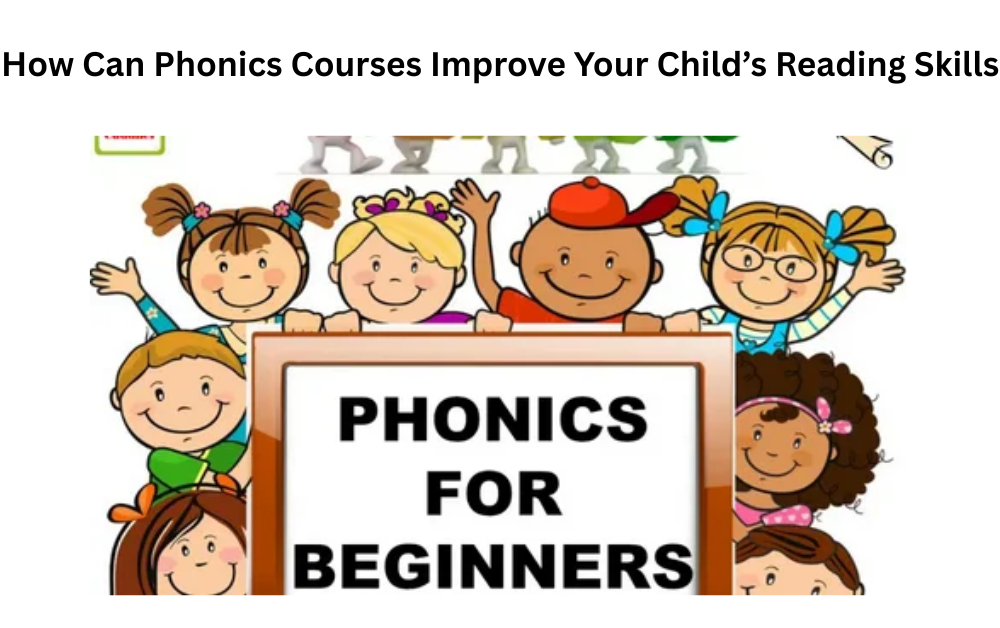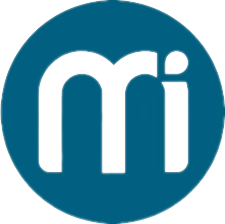How Can Phonics Courses Improve Your Child’s Reading Skills

Learning to read is one of the most important milestones in a child’s education. Strong reading skills help children understand the world, express themselves clearly, and succeed academically. However, many children face challenges when learning to read. Phonics courses provide structured guidance that makes reading easier, fun, and more effective.
In this blog, we will explore how phonics courses improve your child’s reading skills, what makes them effective, and why early learning is so important.
Note: Phonics courses in JVC help children develop strong reading and literacy skills through fun, structured, and personalized learning programs.
Understanding Phonics

Before we discuss the benefits, it’s essential to understand what phonics is.
Phonics is a method of teaching reading that focuses on the relationship between letters and sounds. Children learn to recognize letters, understand their corresponding sounds, and blend them to form words.
Phonics courses usually cover:
-
Letter recognition
-
Letter sounds
-
Blending sounds to make words
-
Reading fluency
-
Spelling and writing skills
By mastering these skills, children gain a solid foundation for reading success.
Why Reading Skills Are Important
Reading is more than just saying words on a page. Strong reading skills help children:
-
Comprehend Information: Understanding text is crucial for learning in all subjects.
-
Build Vocabulary: Reading exposes children to new words and ideas.
-
Develop Writing Skills: Recognizing words and sentence structures improves writing ability.
-
Boost Confidence: Confident readers are more willing to participate in class and explore new topics.
-
Enhance Critical Thinking: Reading encourages children to think, analyze, and understand different perspectives.
Phonics courses focus on building these skills from the ground up.
How Phonics Courses Work
Phonics courses use structured lessons that gradually increase in difficulty.
Step 1: Learning Letter Sounds
Children begin by learning the sounds that letters make, not just their names. For example, the letter “B” is taught as /b/ rather than just “bee.”
Step 2: Blending Sounds
Once they know the sounds, children learn to blend them to form simple words, such as “cat” or “dog.”
Step 3: Reading Simple Words and Sentences
As children gain confidence, they progress to reading short sentences and stories that use the words they have learned.
Step 4: Advanced Phonics
More complex sounds, vowel combinations, and silent letters are introduced to improve fluency and comprehension.
Step 5: Practice and Reinforcement
Repetition and practice are key. Phonics courses include games, worksheets, and activities to reinforce learning and make it engaging.
Benefit 1: Improved Word Recognition
Phonics courses help children quickly recognize words and their sounds.
Decoding Skills
Decoding is the ability to sound out unfamiliar words. Phonics teaches children the rules of letters and sounds, enabling them to read new words independently.
Sight Words
Phonics courses often incorporate sight words—common words that don’t follow standard phonetic rules—so children can recognize them instantly.
Faster Reading
By combining decoding skills with sight word recognition, children read more smoothly and confidently.
Benefit 2: Better Reading Fluency
Fluency is the ability to read smoothly, accurately, and with expression.
Smooth Pronunciation
Phonics courses teach correct pronunciation of words, helping children read sentences without hesitation.
Pacing and Rhythm
Children learn to read at a steady pace, understanding punctuation and sentence structure.
Expression
Reading with expression makes stories more engaging and helps children understand the text better.
Fluency is essential for comprehension and overall reading enjoyment.
Benefit 3: Stronger Comprehension Skills
Understanding what they read is just as important as decoding words.
Focused Reading
Phonics courses help children focus on individual sounds and words, allowing them to understand sentences as they read.
Building Vocabulary
As children recognize more words, their vocabulary grows, making it easier to understand new texts.
Connecting Ideas
Fluency and word recognition allow children to focus on the meaning of sentences, paragraphs, and stories, improving comprehension.
Children who take phonics courses often read more confidently and understand content better.
Benefit 4: Improved Spelling and Writing
Phonics is not just about reading; it also strengthens spelling and writing skills.
Sound-to-Letter Connection
By understanding letter sounds, children can spell words more accurately.
Writing Practice
Phonics courses often include exercises where children write words and sentences, reinforcing learning.
Creative Expression
With better reading and writing skills, children can express ideas creatively in stories, essays, and other written work.
Good spelling and writing skills support academic success across subjects.
Benefit 5: Confidence in Learning
Many children struggle with reading and feel discouraged. Phonics courses help overcome this.
Positive Reinforcement
Tutors encourage and reward progress, building confidence and motivation.
Achievable Goals
Structured lessons help children achieve small milestones, boosting their sense of accomplishment.
Reduced Anxiety
Children gain confidence in their ability to read, which reduces stress and fosters a love for learning.
Confidence in reading also translates to improved participation in school activities.
Benefit 6: Early Intervention for Struggling Readers
Phonics courses are especially effective for children who struggle with reading.
Identifying Challenges
Tutors can identify reading difficulties early, such as dyslexia or pronunciation issues.
Targeted Support
Phonics courses provide focused strategies to address specific challenges and support children at their level.
Long-Term Improvement
Early intervention ensures that children don’t fall behind, making future learning easier and more enjoyable.
Benefit 7: Structured and Engaging Learning
Phonics courses are designed to be structured yet engaging.
Step-by-Step Approach
Lessons progress gradually from simple to complex concepts, ensuring steady learning.
Fun Activities
Games, songs, and interactive exercises make learning enjoyable, keeping children interested and motivated.
Consistent Reinforcement
Regular practice and review help children retain what they learn and apply it confidently in reading.
A structured and engaging approach makes phonics courses highly effective for young learners.
Benefit 8: Adaptable to Different Learning Styles
Children learn in different ways, and phonics courses can adapt to various learning styles.
Visual Learners
Flashcards, charts, and written exercises help visual learners recognize letters and sounds.
Auditory Learners
Songs, rhymes, and reading aloud activities help auditory learners remember sounds and words.
Kinesthetic Learners
Hands-on activities such as letter tracing and word building engage kinesthetic learners.
This adaptability ensures that every child benefits from phonics courses regardless of their preferred learning style.
Benefit 9: Long-Term Academic Advantages
Phonics courses provide benefits that extend beyond early reading.
Success in Other Subjects
Strong reading skills help children understand instructions, textbooks, and exam questions across subjects.
Better Study Habits
Early reading success encourages curiosity, independent learning, and good study habits.
Lifelong Learning
Children who read confidently are more likely to enjoy reading and learning throughout their lives.
Investing in phonics courses gives children a foundation for long-term academic achievement.
Benefit 10: Support for Parents and Guardians
Phonics courses also help parents support their children’s learning.
Guidance and Resources
Many courses provide materials and tips for parents to reinforce learning at home.
Progress Updates
Regular feedback from tutors keeps parents informed about improvements and areas needing attention.
Peace of Mind
Parents feel confident knowing their child is receiving professional guidance in reading and literacy development.
Parental involvement further enhances the effectiveness of phonics courses.
Conclusion
Phonics courses are an effective way to improve a child’s reading skills. They provide a structured, engaging, and personalized approach to learning that supports word recognition, fluency, comprehension, spelling, and writing.
By focusing on individual needs, phonics courses build confidence, foster a love for learning, and provide early intervention for struggling readers. They adapt to different learning styles and offer long-term academic benefits, giving children a strong foundation for school and beyond.
Enrolling your child in a phonics course is an investment in their education and overall development. With consistent practice, support, and guidance, children can become confident readers who enjoy learning and excel in academics.
Eryx Training Center is an educational friend for students to develop their creative and logical realms to excel in their academic life. We believe that every student is unique with innate qualities. Our guides are committed to providing the best study plans which enhance the learning ability of students.
For more insightful articles related to this topic, feel free to visit: mifinder.co
- Art
- Causes
- Crafts
- Dance
- Drinks
- Film
- Fitness
- Food
- Games
- Gardening
- Health
- Home
- Literature
- Music
- Networking
- Other
- Party
- Religion
- Shopping
- Sports
- Theater
- Wellness


